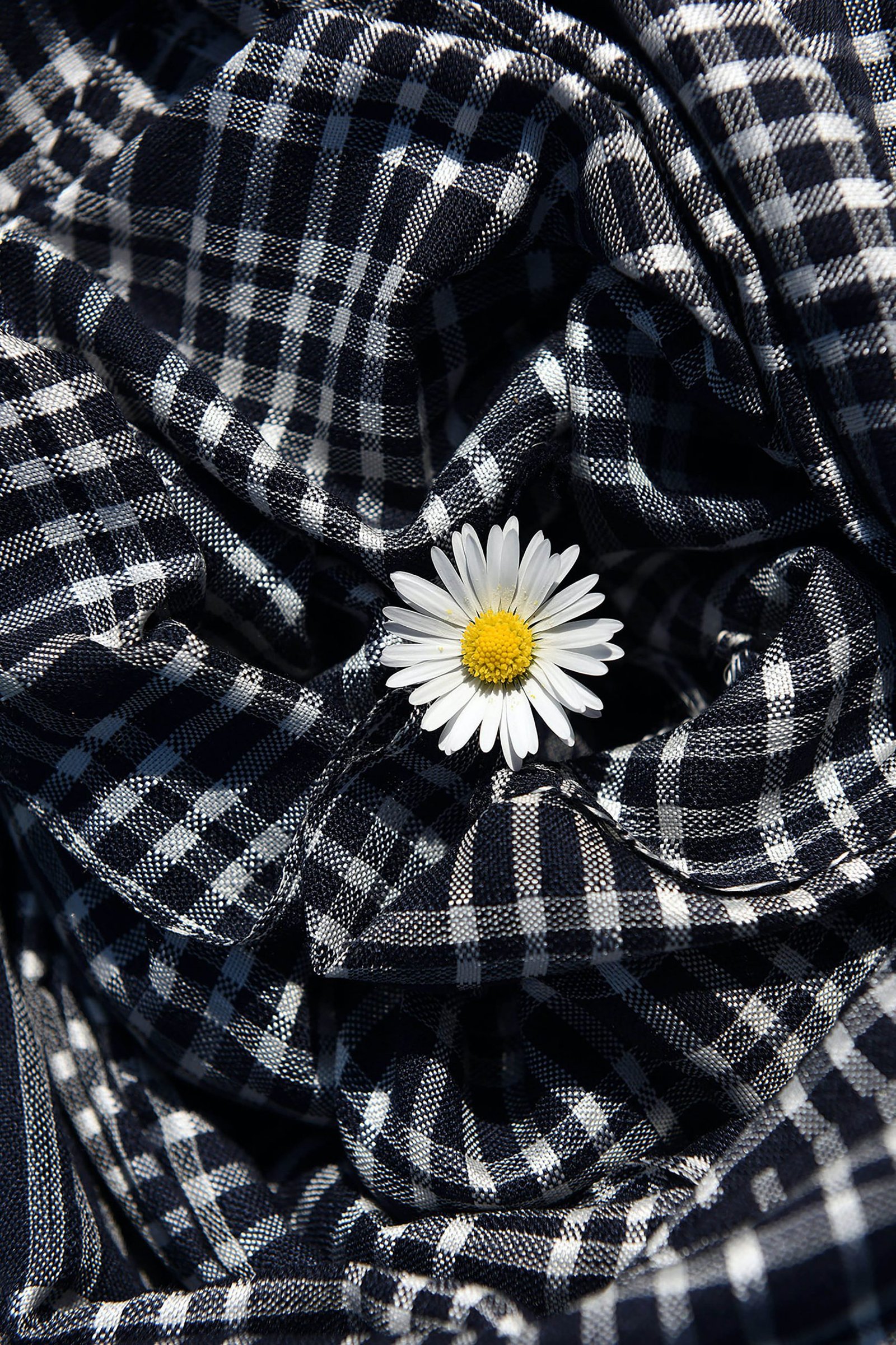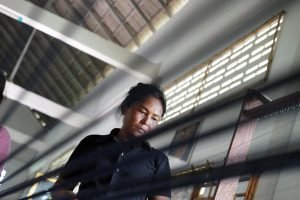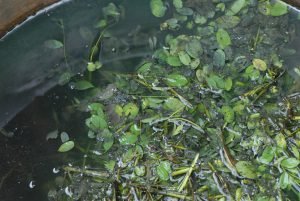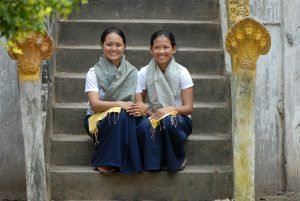Rovieng
The small silk manufacture
Kim Nget, Kungkea and I sit on the ground and cut up and pound leaves. Fires blaze in two holes in the ground next to us, barks of various trees, leaves and fruits boil in the cauldrons above. We are dyeing silk. It is the second day that we try out all the dye plants and combinations with Mr Ny, Leak and Hiang. Banana, Lychee, Indigo, Mango, Prohut, Almond, ...all the plants we find that contain colour. Many neighbours have come to help, some children to watch. I feel a bit like in the Middle Ages, the smell of burning wood, smoke, steaming cauldrons. We sit on the floor and look at the work that has been done: the dyed silk dries on a wooden pole, the wood and leaves in the sun. Around me are the neighbours with their children - a community. The next day the work continues, in between the loom is delivered, made for us...
Kathrin Pelz, Bremen
Rovieng is an old Khmer word which means "alternative way".














